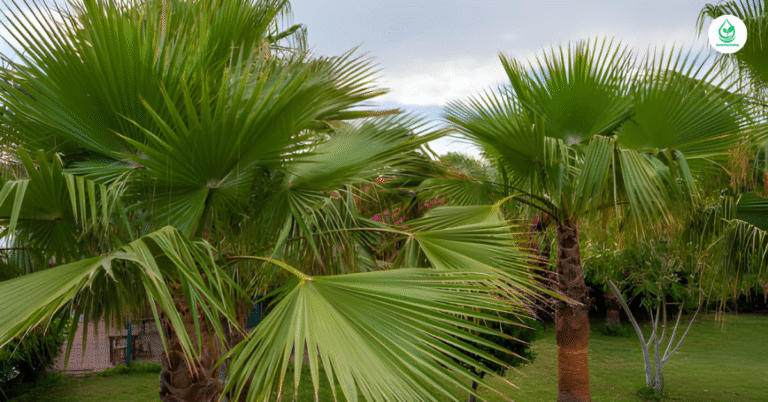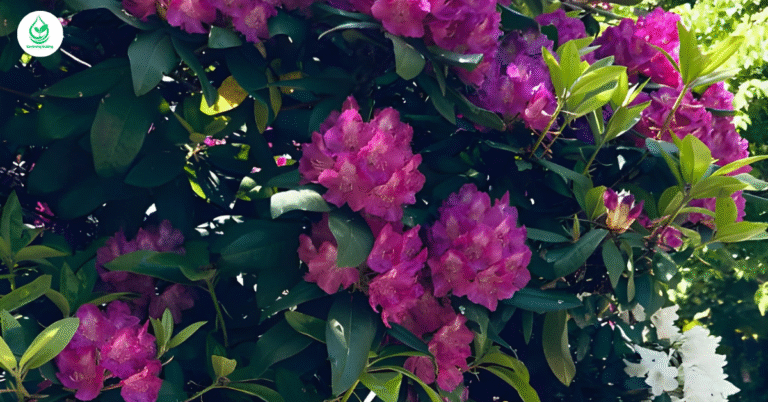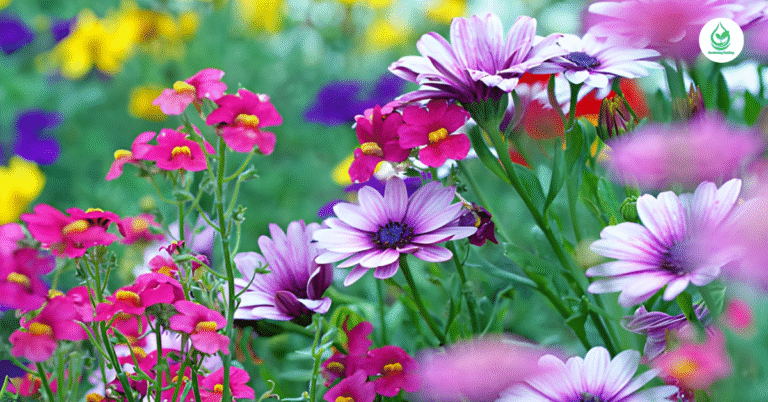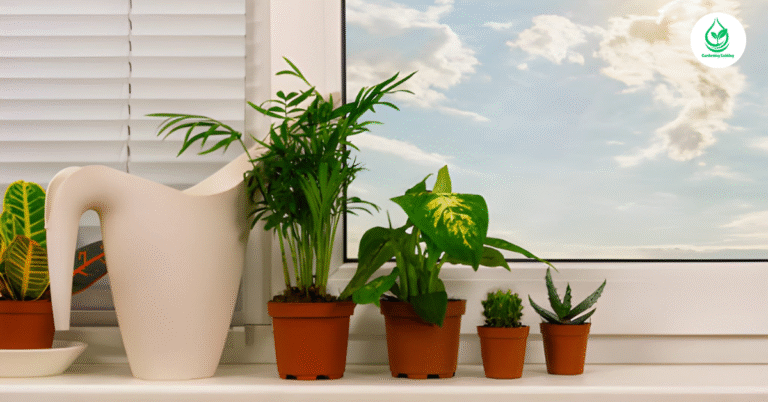6 Fiddle Leaf Fig The Ultimate Guide to Growing and Caring for this Iconic Plant
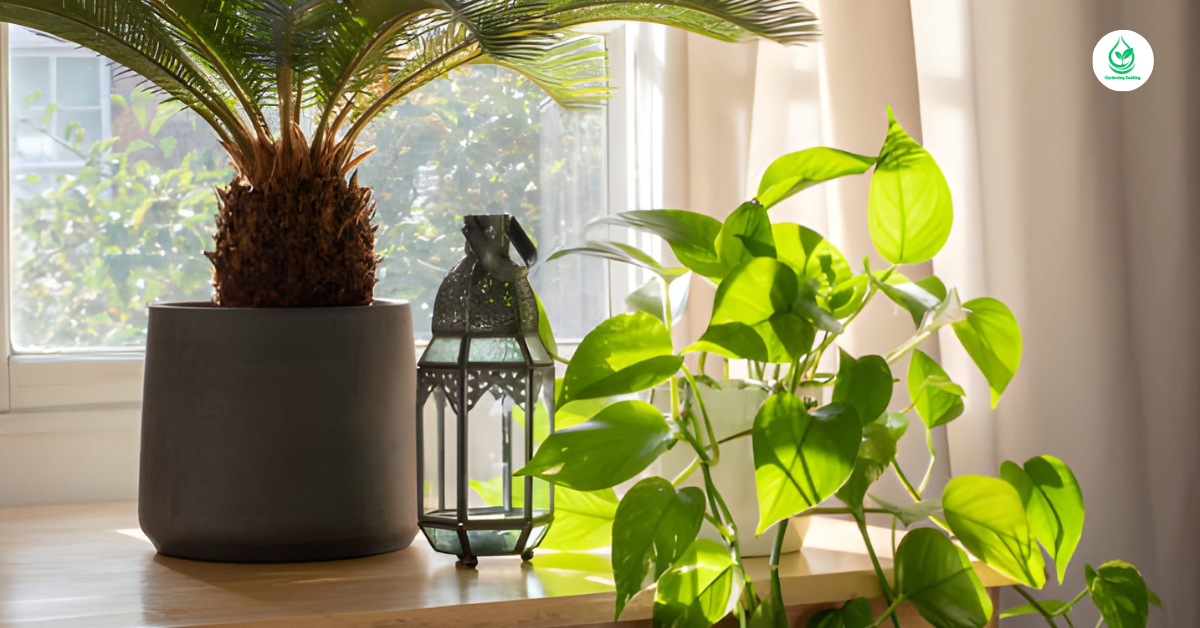
Introduction
The Fiddle Leaf Fig (Ficus lyrata) is one of the most loved indoor plants in modern homes — famous for its broad, violin-shaped leaves and lush green beauty. Whether you’re a plant beginner or a green-thumb pro, this stunning plant instantly transforms any room into a tropical paradise. However, despite its beauty, caring for it requires a delicate balance of light, water, and attention.
In this article, we’ll dive into 6 essential aspects of the Fiddle Leaf Fig — from understanding its origin to mastering care, styling, and common problem-solving — so you can grow a healthy, vibrant plant that thrives all year round.
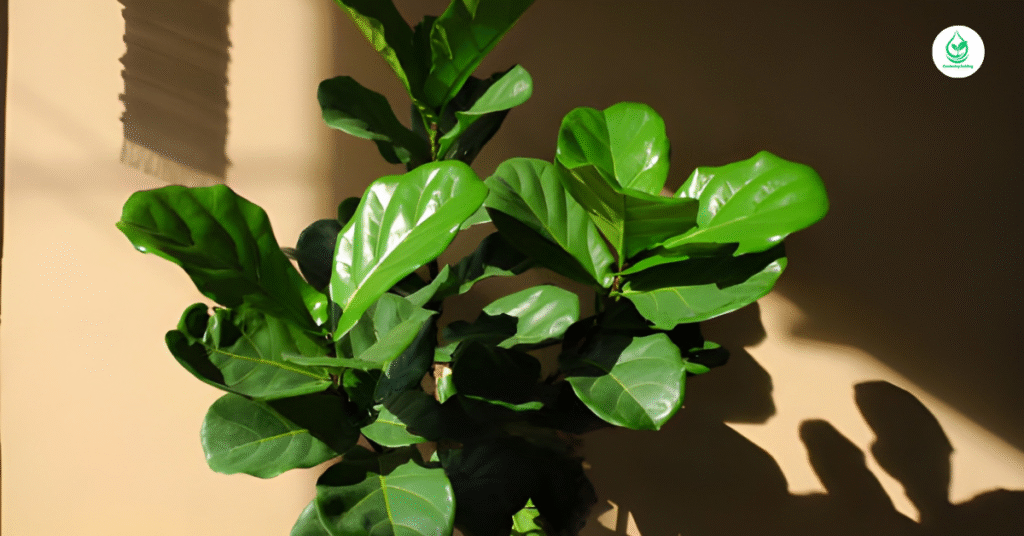
1. Understanding the Fiddle Leaf Fig
1.1 Origin and Natural Habitat
The Fiddle Leaf Fig comes from the rainforests of West Africa, where it grows tall under filtered sunlight. It’s used to humidity, warmth, and gentle light — conditions quite different from indoor environments. Knowing its natural habitat helps you mimic its ideal setting at home, keeping it healthy and lush.
1.2 Unique Features
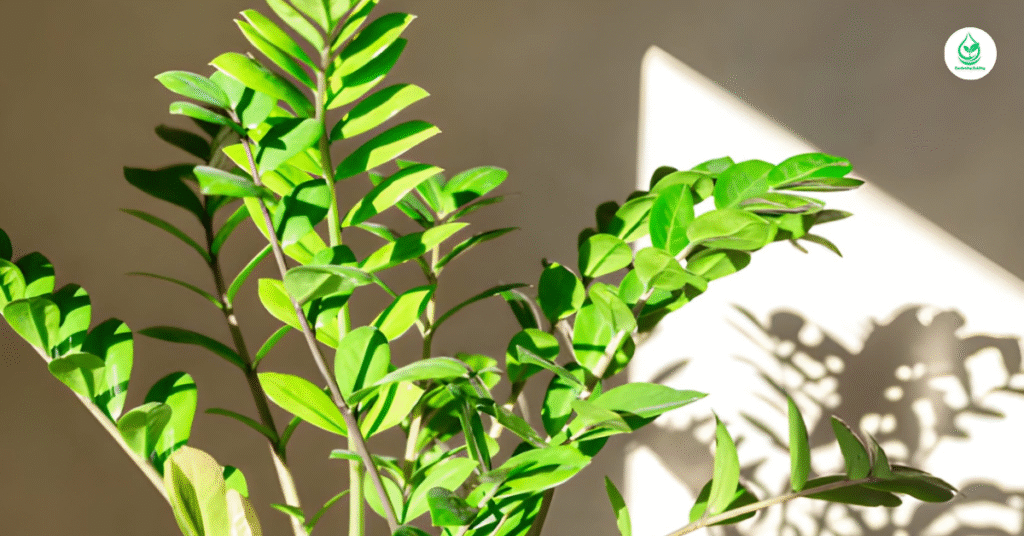
This plant is instantly recognizable because of its broad, fiddle-shaped leaves and glossy surface. The leaves can grow up to 15 inches long, giving the plant a dramatic appearance. It’s a natural air purifier, removing toxins and adding oxygen to your indoor environment.
1.3 Symbolism and Popularity
The Fiddle Leaf Fig has become a design icon, representing growth, luxury, and peace. Interior designers love it because it fits both modern and classic aesthetics. Many see it as a “living sculpture” that adds personality to any space.
2. Light and Placement
2.1 Best Lighting Conditions
Light is the single most important factor in Fiddle Leaf Fig care. It loves bright, indirect sunlight. Place it near an east or west-facing window where it gets plenty of filtered light. Avoid direct sunbeams, as they can burn the leaves.
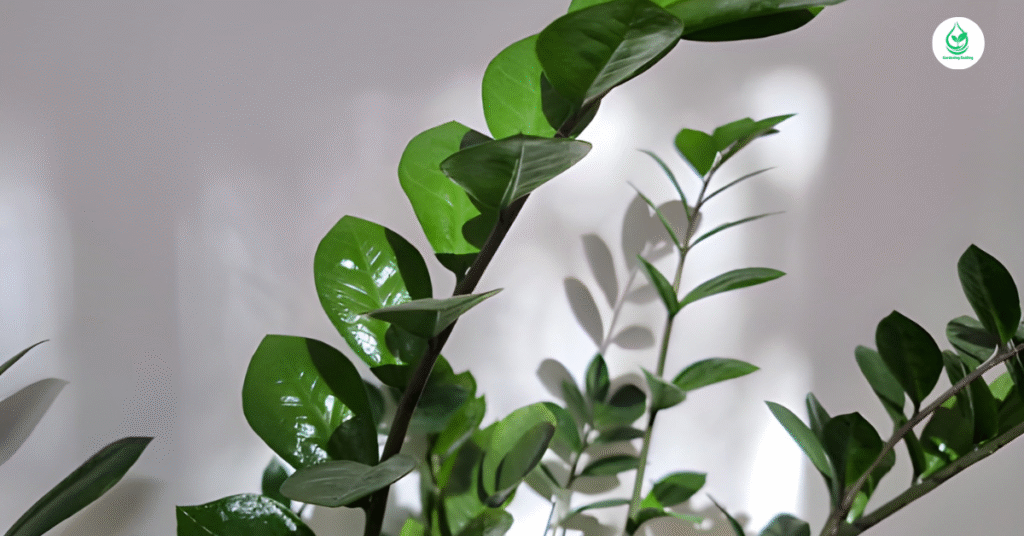
2.2 Indoor Placement Tips
Choose a stable spot away from air vents or temperature changes. A corner with soft natural light works beautifully. Rotate the plant every week so that all sides receive equal sunlight and it grows evenly.
2.3 Outdoor Placement
If you place your Fiddle Leaf Fig outdoors during warm seasons, ensure it’s shaded from harsh midday sun. A covered patio or balcony with dappled light is perfect. Bring it inside before temperatures drop below 60°F (15°C).
3. Watering and Soil Care
3.1 Ideal Watering Routine
Watering mistakes are the top reason these plants struggle. Fiddle Leaf Figs prefer deep, infrequent watering — about once every 7–10 days. Allow the top inch of soil to dry before the next watering. Always ensure the pot has proper drainage holes.
3.2 Choosing the Right Soil
Use a well-draining potting mix that retains some moisture but doesn’t stay soggy. A combination of peat, pine bark, and perlite works best. This balance ensures root aeration while preventing waterlogging.
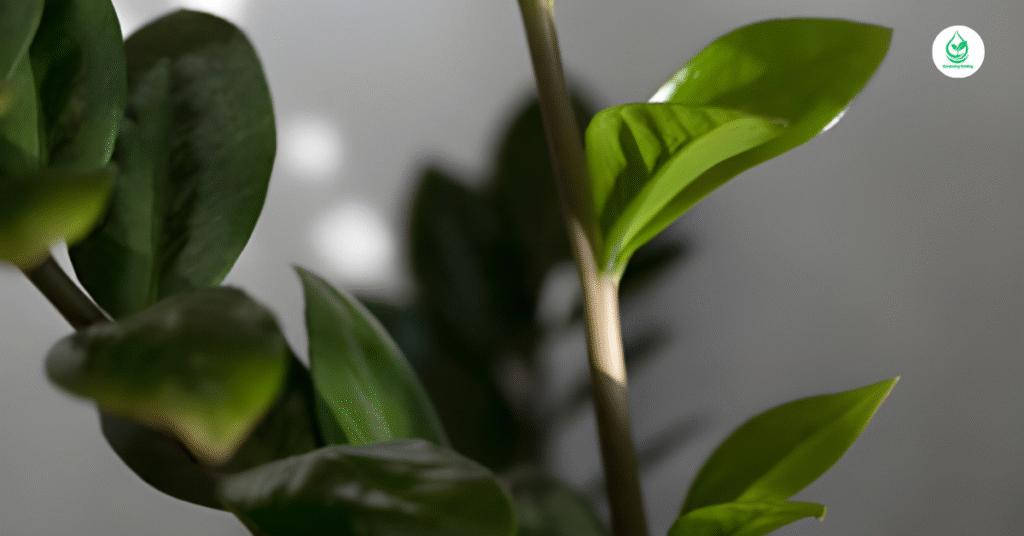
3.3 Signs of Overwatering and Underwatering
Yellow leaves and brown spots usually signal overwatering, while droopy leaves mean the plant needs more water. Check soil moisture before every watering session to maintain the perfect balance.
4. Fertilizing and Growth Tips
4.1 Choosing the Right Fertilizer
Feed your Fiddle Leaf Fig every 4–6 weeks during spring and summer with a balanced liquid fertilizer (NPK 3:1:2). During fall and winter, reduce feeding to once every 2–3 months as the plant’s growth slows.
4.2 Pruning for Shape and Health
Pruning helps control size and encourages bushier growth. Trim any damaged or lower leaves and pinch new tips to promote branching. Always use clean shears to prevent disease spread.
4.3 Repotting the Plant
Repot every 1–2 years to refresh soil and allow roots more space. When you notice roots coming out of the drainage holes, it’s time to move your plant to a slightly larger pot.
5. Common Problems and Their Solutions
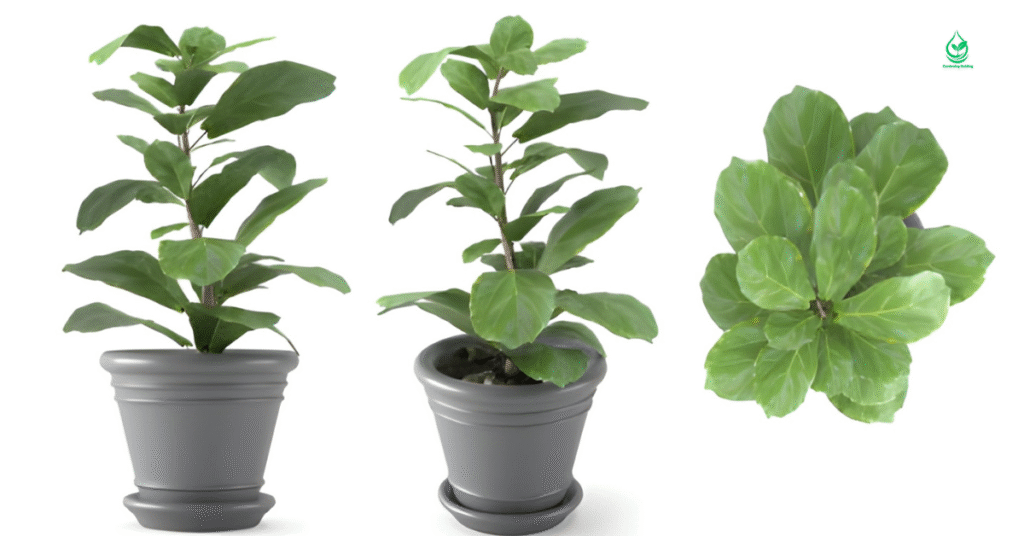
5.1 Leaf Drop
This is the most common issue among beginners. It usually happens due to sudden light changes, overwatering, or cold drafts. Gradually adapt your plant to new conditions and maintain consistent watering habits.
5.2 Brown or Crispy Edges
Low humidity and over-fertilization often cause leaf burn. Increase moisture using a humidifier or pebble tray and always dilute fertilizer before applying.
5.3 Pests and Insects
Spider mites and mealybugs love Fiddle Leaf Figs. Keep leaves clean by wiping them weekly with a damp cloth and neem oil spray. Quick action prevents infestations from spreading.
6. Styling Your Fiddle Leaf Fig
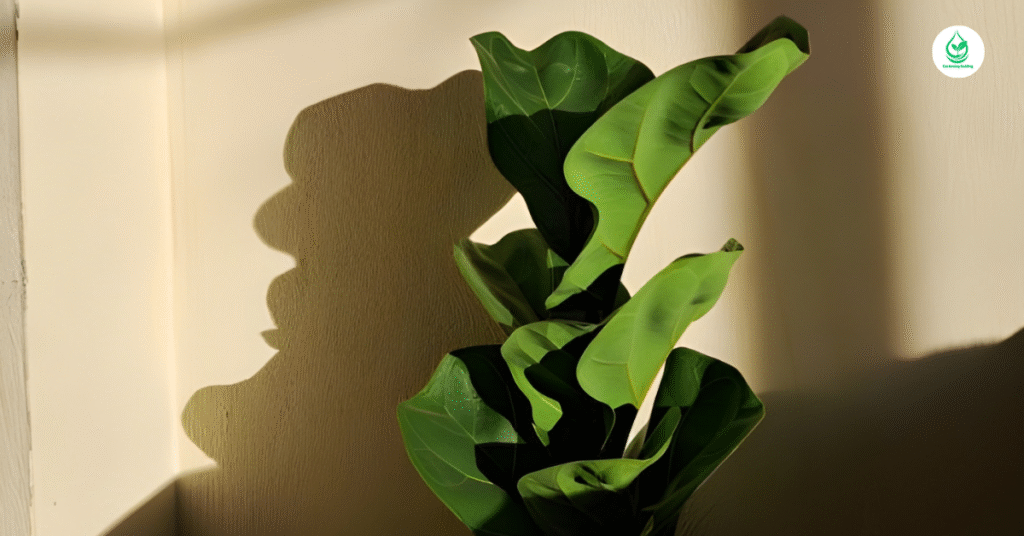
6.1 Choosing Decorative Pots
Pair your Fiddle Leaf Fig with ceramic, clay, or woven baskets to highlight its beauty. The pot should have drainage holes and match your room’s décor theme.
6.2 Placement Ideas
Use it as a focal point near entryways, living room corners, or next to large windows. Group it with smaller plants to create a layered, tropical look.
6.3 Combining with Interior Design
Its glossy green leaves look stunning with neutral tones like beige, white, or gray. In minimalist or bohemian interiors, it adds life, structure, and balance effortlessly.
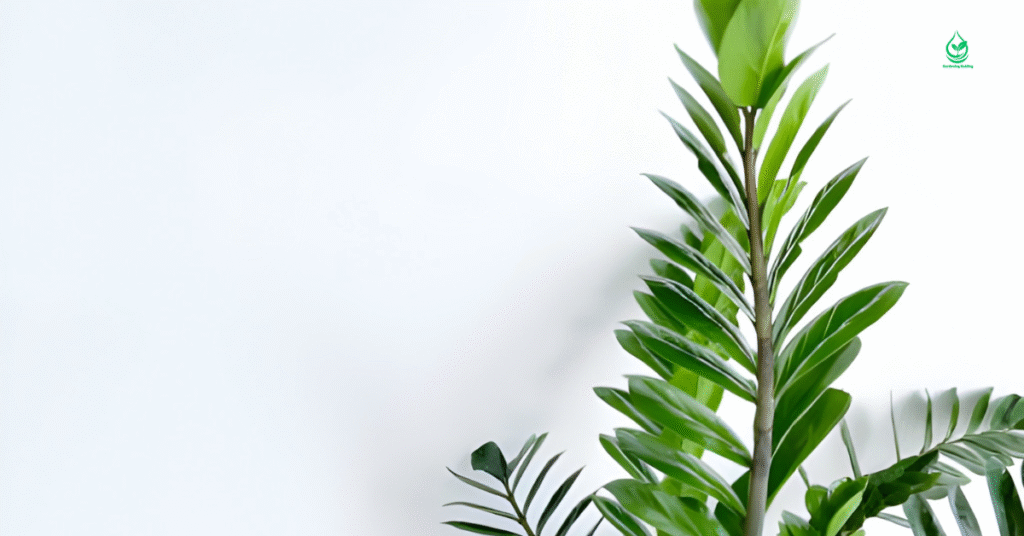
Comparison Table: Fiddle Leaf Fig vs. Other Popular Indoor Plants
| Feature | Fiddle Leaf Fig | Monstera Deliciosa | ZZ Plant | Areca Palm | Snake Plant |
| Light Requirement | Bright, indirect light | Medium to bright indirect | Low to medium light | Bright, filtered light | Low to bright light |
| Watering Frequency | Once every 7–10 days | Weekly | Every 2–3 weeks | Weekly | Every 2–4 weeks |
| Growth Rate | Moderate to fast | Fast | Slow | Fast | Slow to moderate |
| Toxicity | Mildly toxic to pets | Toxic to pets | Non-toxic | Non-toxic | Mildly toxic |
| Maintenance Level | Moderate | Easy | Very easy | Easy | Very easy |
| Air Purification | Excellent | Good | Excellent | Excellent | Excellent |
| Ideal Placement | Living rooms, corners | Bright rooms | Low-light areas | Hallways, offices | Bedrooms, offices |
5 Pros of Fiddle Leaf Fig
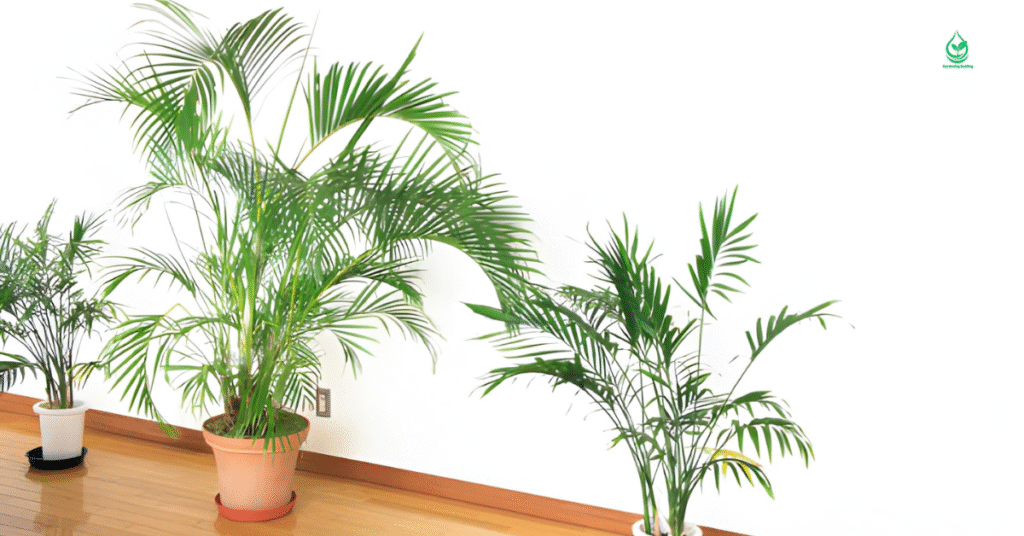
- Aesthetic Appeal:
With its large violin-shaped leaves, the Fiddle Leaf Fig creates a bold visual statement, instantly transforming any space into a modern tropical haven. - Air Purification:
It improves indoor air quality by filtering toxins and releasing oxygen, helping you breathe cleaner, fresher air. - Long Lifespan:
With proper care, Fiddle Leaf Figs can live for decades, growing taller and fuller over time. - Interior Design Friendly:
Fits effortlessly with minimalistic, boho, and luxury interiors — a designer’s favorite plant. - Natural Stress Reliever:
Being around lush greenery helps calm the mind and reduce stress, making it a perfect plant for homes and offices.
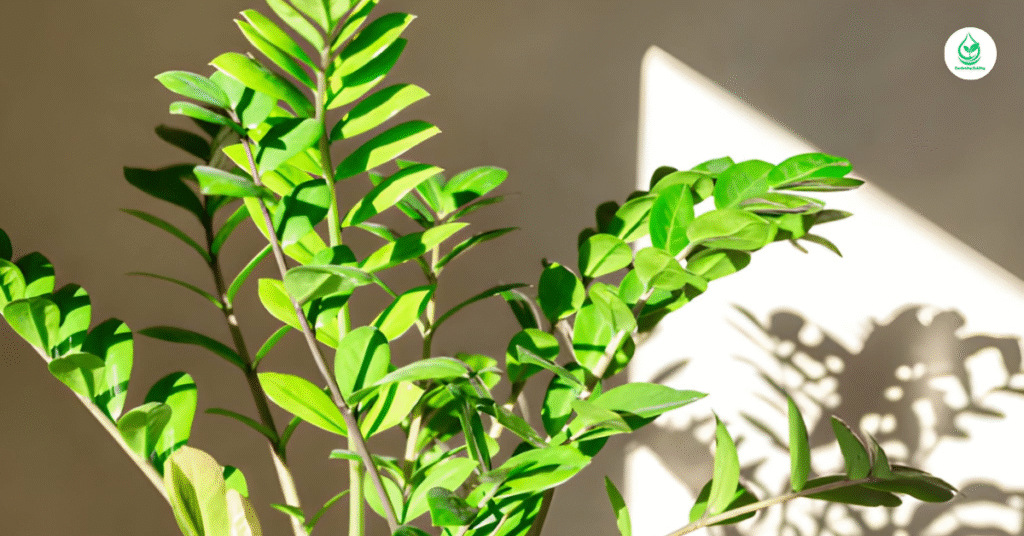
5 Cons of Fiddle Leaf Fig
- Sensitive to Change:
It reacts to changes in lighting or humidity by dropping leaves. - Requires Consistent Care:
Irregular watering and poor lighting can cause leaf browning. - Prone to Pests:
Spider mites and mealybugs can easily infest unclean leaves. - Heavy and Tall:
When mature, it becomes difficult to move due to size and weight. - Not Pet-Friendly:
Its leaves contain mild toxins that may irritate cats or dogs if ingested.
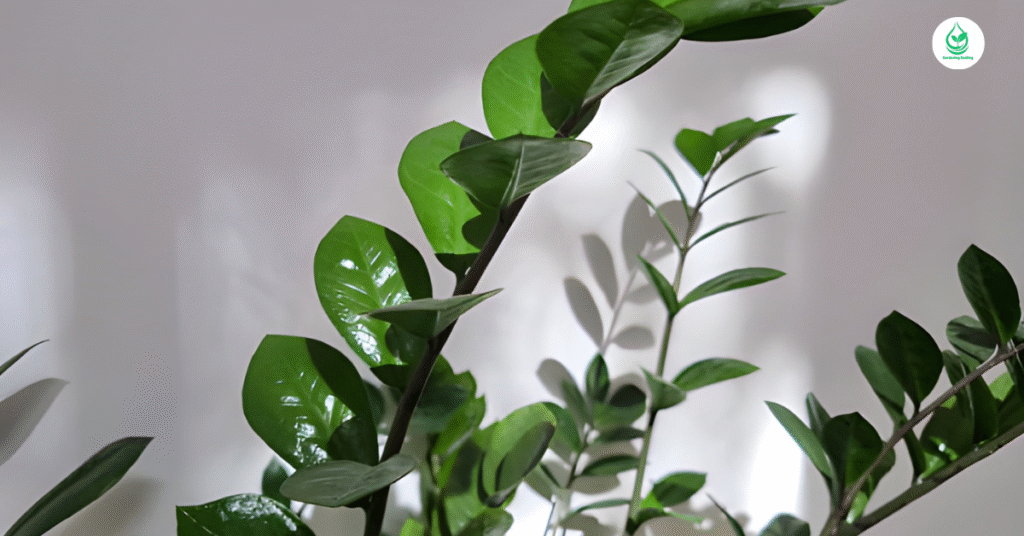
10 FAQs About Fiddle Leaf Fig
1. How much sunlight does a Fiddle Leaf Fig need?
It thrives in bright, indirect sunlight. Direct sunlight can burn the leaves, while low light slows growth.
2. How often should I water my Fiddle Leaf Fig?
Typically once every 7–10 days, allowing the top inch of soil to dry out before watering again.
3. Can I grow it outdoors?
Yes, but only in warm climates. Protect it from harsh sun and bring it inside if temperatures drop below 60°F (15°C).
4. Why are my Fiddle Leaf Fig leaves turning brown?
Brown edges often mean low humidity, over-fertilization, or overexposure to sunlight.
5. What’s the best fertilizer for Fiddle Leaf Figs?
Use a balanced liquid fertilizer with an NPK ratio of 3:1:2 every 4–6 weeks during spring and summer.
6. Do Fiddle Leaf Figs clean the air?
Yes, they remove toxins like formaldehyde and benzene, improving air quality indoors.
7. How tall can a Fiddle Leaf Fig grow indoors?
They can reach up to 10 feet indoors with proper lighting and care.
8. How can I make my Fiddle Leaf Fig grow faster?
Provide bright light, regular feeding, and maintain humidity around 50–60%.
9. Why are my leaves dropping suddenly?
It’s often due to stress from overwatering, low light, or sudden environmental changes.
10. Is the Fiddle Leaf Fig safe for pets?
No, it’s mildly toxic to cats and dogs, so keep it out of their reach.
Conclusion
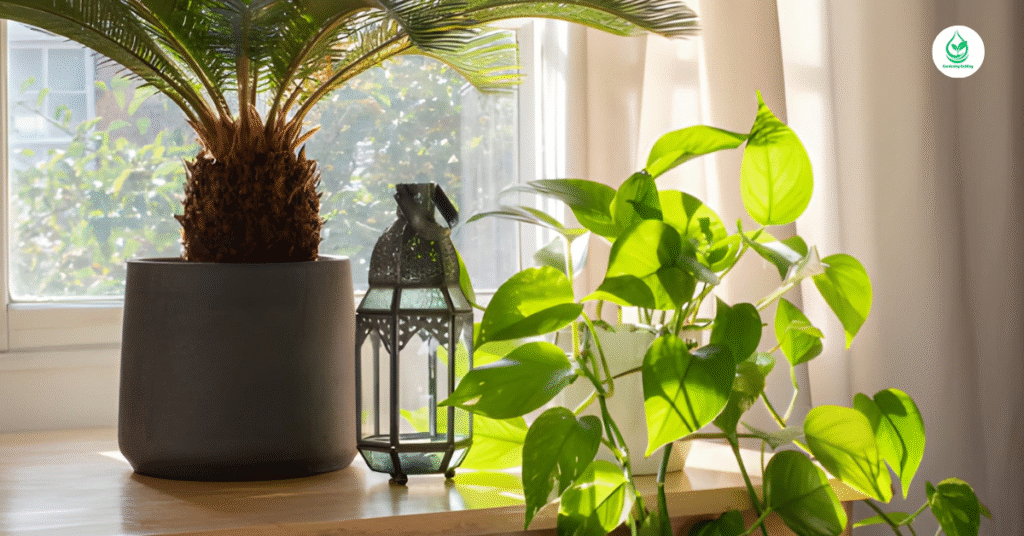
The Fiddle Leaf Fig is not just a plant — it’s a statement of elegance and natural beauty. With its lush green canopy and sculptural form, it adds sophistication to any interior. While it requires consistent care, its benefits — from air purification to mood enhancement — make every bit of effort worthwhile. By following proper lighting, watering, and fertilizing routines, you can keep your Fiddle Leaf Fig thriving and radiant for years.

